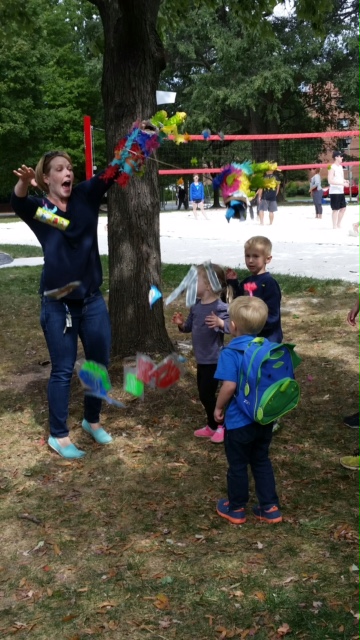Series Sneak Peek: Apps for Homeschool Foreign Language Learning
/Update: the series is live! Click over to my three-part review of Duolingo here (the good; the not-so-good; and the how-tos) and my review of Mango Languages (the good; the not-so-good; and the how-tos) as well.
It is so awesome to be learning a language in 2017.
I mean, consider this: right now, at this historical moment, we are experiencing a REVOLUTION in language learning. Technology is erasing borders, connecting people groups, and changing every aspect of how we learn languages. Language educators of fifty years ago—or even ten years ago—could not have dreamed of the technological resources that are available to us now. Online curricula, audiobooks, video chatting, and smartphone apps: all of these have transformed the way that we learn and practice foreign languages on an daily basis.
And from my vantage point within the homeschooling community? Well, I’ve observed that homeschoolers are some of the most enthusiastic and savvy users of this new technology. But you know what? I’d LOVE to see even more homeschooling families using the latest technology to support their language learning at home.
So for the next two weeks or so, I’m going to be writing a series of posts focused on two of the most popular apps in homeschool language learning: Mango Languages and Duolingo.
I’ve been spending a lot of time with both apps, and I can’t wait to share with you what I’ve learned. I’ll be writing about what I like about both programs—as a language teacher and as a mom—and also what’s not so great. I’ll also be sharing advice on how to maximize your use of each of these apps and incorporate them into your homeschool in practical, achievable ways.
Since I’m writing this to serve you, the Language Learning at Home community, I’d love to know if you have any specific questions about these apps and how they work. If you do, please leave them here in the comments, and I’ll do my best to respond in the series.
And in the meantime, if you'd like to talk about YOUR experience using apps for homeschool language learning, please join my Facebook group, where I'm planning an exclusive conversation on the subject! All you have to do is to click below.
Join my Facebook community of families sharing tips and encouragement for learning languages at home!













